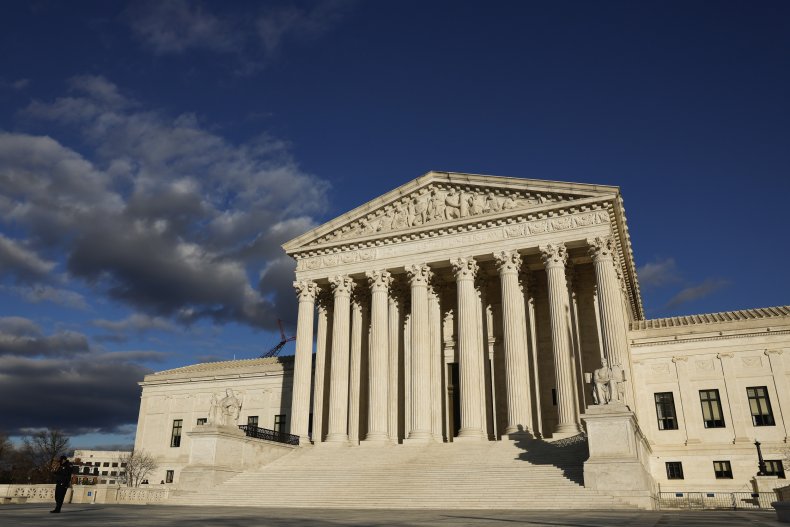The Supreme Court’s 23-page report released on Thursday failed to reveal who leaked the draft opinion of the Dobbs decision last year, but it pointed out that tech “limitations” in the court’s computer system made it “impossible” to rule out whether court employees emailed the draft or printed it out to anyone else.
“There was no evidence discovered that anyone emailed the draft opinion to anyone else, although technical limitations in the Court’s computer recordkeeping at the time made it impossible to rule out this possibility entirely,” the Supreme Court said in its unsigned report. It is not clear whether or not those tech limitations are now fixed.
Cybersecurity expert Mark Lanterman told Reuters that even having highly secure networks would still not be enough to protect against leaking information.
“People – we’re the weakest link,” said Lanterman, chief technology officer at the firm Computer Forensic Services who carried out training at the Supreme Court. “They could invest millions of dollars in the federal judiciary’s cybersecurity, but all it takes is one person with a motive to leak.”
However, Carrie Severino, a former clerk to Justice Clarence Thomas who now leads the conservative Judicial Crisis Network, blamed Chief Justice John Roberts, who ordered the probe into the leak, for building an environment where “security measures were so inadequate.”
“It’s never going to be possible to perfectly protect against leaking,” Severino said, according to Reuters. “The justices have to circulate drafts before they’re public. But you can see from this report how many gigantic loopholes there were.”

Photo by Anna Moneymaker/Getty Images
The court also said it was unable to identify employees who printed out the opinion draft, according to Reuters.
The court explained in its report that 80 court personnel received or had access to emailed copies of the draft opinion and two Chambers personnel “who were not on the email distribution list” had access to hard copies that were printed in Chambers.
“Thirty-four personnel confirmed they printed out copies of the draft opinion and four were unsure; many printed out more than one copy,” the court said in the report. “In the course of their interviews, several personnel acknowledged that they did not treat information relating to the draft opinion consistent with the Court’s confidentiality policies.”
According to the report, investigators were unable to readily search and analyze all event logs because at the time the system lacked substantial logging and search functions.”
The Supreme Court’s report on Thursday failed to explain how Politics ended up having the draft. The publication reported in May that in Dobbs v. Jackson Women’s Health Organizationthe Supreme Court was prepared to overturn the 1973 landmark ruling Roe v. Wade—a report corroborated by a draft opinion written by Justice Samuel Alito that the outlet published.
The leak sparked mass protests across the country and threats against the justices, but the Supreme Court still ruled in June to overturn Roe v. Wade, ending the federal right to have abortions.
The Supreme Court’s Thursday report also raised questions about whether or not the Justices on the bench were thoroughly vetted. One court worker who spoke with The New York Times on the condition of anonymity said that court employees weren’t investigated the same way the Justices were.
“They weren’t subjected to the same level of scrutiny,” the court employee told them Times on Friday. “It’s hard to imagine any of them suffering meaningful consequences even if they were implicated in the leak.”
Citing interviews with employees, the Times reported that lower-level workers at the court were interrogated and recorded and had to sign affidavits denying any involvement. They were also warned that they could lose their jobs if they don’t answer questions fully. Newsweek was unable to independently verify whether or not court workers were treated differently than Justices in this investigation.
Gail Curley, Marshal of the US Supreme Court said in a statement on Friday that the Justices were questioned in this probe and cooperated in an “iterative process,” but they were not asked to sign affidavits.
“During the course of the investigation, I spoke with each of the Justices, several on multiple occasions. The Justices actively cooperated in this iterative process, asking questions and answering mine. I followed up on all credible leads, none of which implicated the Justices or their spouses. On this basis, I did not believe that it was necessary to ask the Justices to sign sworn affidavits,” Curley said.
Newsweek reached out to the court’s media office for comment.